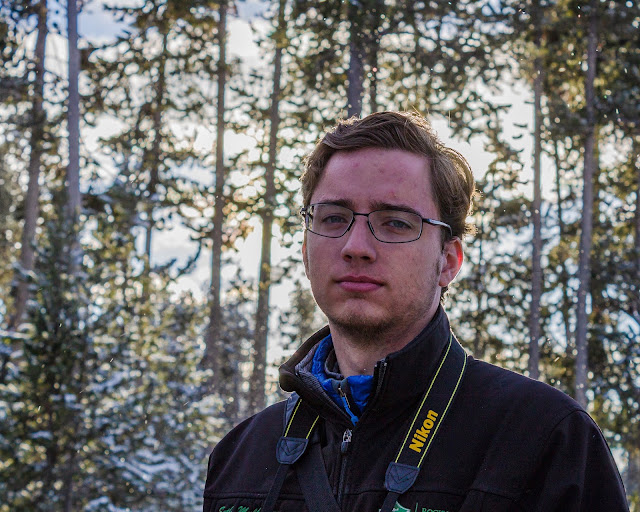Reflection
Going into the beginning of the semester, I was excited for the class because my experience with photography had consisted of (admittedly enthusiastically) taking tens of thousands of pictures with my smartphone camera and the occasional point-and-shoot, but with limited knowledge of technical aspects and photography techniques. Taking this class definitely gave me some practical basic knowledge in areas like composition, camera function, exposure, and use of editing software like Lightroom.
In the realm of composition, I had already known about the rules of thirds, but learned many more practical ones that helped improve my pictures, especially the rules of dominance. Many of them made sense (ex. light drawing more attention than dark or sharpness being more attractive than blur) but some of them were rather enlightening, such as the strong dominance of red, and the importance of diagonals, and played a role both in the picture composition and editing processes.
Before taking this class, I had very limited experience using DSLR cameras and manipulating various functions and settings. While I’m certainly no DSLR expert at this point, I’ve gotten to know a lot about them, for example different exposure modes like aperture priority, shutter priority, and manual, and when each is appropriate to use. One of the small, but hugely helpful features I learned about on my rented Canon DSLR is back-button autofocus. Although it sounds fairly minor, it is probably one of the top three most useful and important things I learned about during the semester, and a function I will look for on all future DSLRs with which I take pictures—I think it’s one of the greatest things since sliced bread, honestly.
Also at the top of my list of most important and useful things learned during this semester was the exposure triangle. I had heard the terms f-stop, shutter speed, and ISO thrown around before, but I really only understood shutter speed. Learning about ISO and aperture, and how they balance out each other and shutter speed to control exposure, was very significant for me. It really helped me conceptualize how the camera was working and in turn, how to use that functionality to make better pictures under various conditions. I really liked the fact that we discussed the theory behind the exposure triangle in the beginning of the semester, then had the chance to reinforce the learning with hands-on experimenting and fiddling with camera settings on our Yellowstone trips.
Finally, I gained my first experience with editing software (both Photoshop and Lightroom) during this semester, which really opened my eyes to the extent of the digital photography process (ie not limited to just the taking of the picture with a camera). I was astonished at what the software can do with a properly exposed raw picture; along these lines, I also learned the importance of a centered histogram and got in the habit of checking it on most of the pictures I took during the semester. The editing process made me more aware of things like the rules of dominance (several of which could be manipulated in post, after the picture was already taken) and how a viewer might view a picture, including the rule of thirds and lines of convergence, and potentially distracting elements like cut-off or nearly-cut-off objects at the edge of the frame.


Comments
Post a Comment